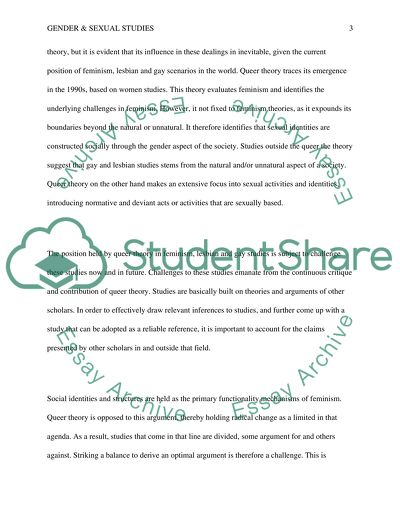Cite this document
(“Discuss how Queer Theory has challenged the theory and politics of Essay”, n.d.)
Retrieved from https://studentshare.org/gender-sexual-studies/1398829-discuss-how-queer-theory-has-challenged-the-theory
Retrieved from https://studentshare.org/gender-sexual-studies/1398829-discuss-how-queer-theory-has-challenged-the-theory
(Discuss How Queer Theory Has Challenged the Theory and Politics of Essay)
https://studentshare.org/gender-sexual-studies/1398829-discuss-how-queer-theory-has-challenged-the-theory.
https://studentshare.org/gender-sexual-studies/1398829-discuss-how-queer-theory-has-challenged-the-theory.
“Discuss How Queer Theory Has Challenged the Theory and Politics of Essay”, n.d. https://studentshare.org/gender-sexual-studies/1398829-discuss-how-queer-theory-has-challenged-the-theory.


